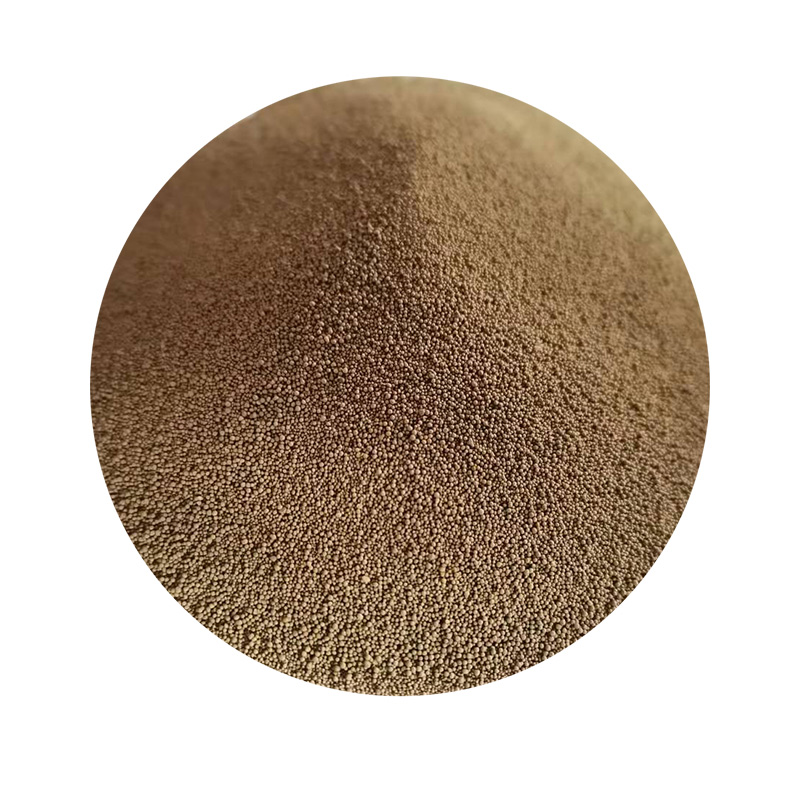Understanding Foundry Sand Contamination Causes, Effects, and Solutions
Foundry sand, a critical component in metal casting processes, is essential for producing high-quality castings. However, contamination of foundry sand can lead to significant problems, affecting both the quality of the final products and the environment. In this article, we will explore the causes and effects of foundry sand contamination, as well as potential solutions to mitigate this issue.
Causes of Foundry Sand Contamination
Contamination of foundry sand can occur through various means. One of the primary causes is the degradation of sand through repeated use in casting processes. As sand is cycled through multiple production runs, it may degrade and become mixed with other materials, including metal chips, dust, and chemical additives. The wear and tear on the sand grains can lead to altered properties, making it less effective in molding.
Another source of contamination arises from the introduction of foreign substances during handling and storage. This might include oils, lubricants, or environmental pollutants that inadvertently mix with the sand. Poor housekeeping practices in foundry environments can exacerbate this problem, allowing contaminants to linger and accumulate.
Additionally, contamination can also stem from the production process itself. For instance, additives used for improving sand performance may break down or react with moisture, leading to the formation of clumps or undesired chemical by-products. This not only impacts the physical properties of the sand but can also compromise the integrity of the castings produced.
Effects of Foundry Sand Contamination
The implications of foundry sand contamination are far-reaching. Firstly, contaminated sand can lead to defects in the final casting products, such as surface irregularities, dimensional inaccuracies, and strength issues. These defects can result in costly rework or scrap, significantly affecting production efficiency and profitability.
Moreover, the presence of hazardous contaminants can pose health risks to workers. For example, fine particulate matter from degraded sand or chemical additives may be inhaled and lead to respiratory issues. This requires foundries to invest in additional safety measures and equipment to protect their workforce, further increasing operational costs.
foundry sand contamination

Environmental impacts are also a major concern. If contaminated sand is not disposed of properly, it can lead to soil and water pollution. Chemicals leaching from foundry sand can contaminate groundwater, posing risks to local ecosystems and communities. With increasing regulations regarding waste disposal and environmental stewardship, foundries must prioritize managing sand contamination to mitigate legal and reputational risks.
Solutions to Mitigate Sand Contamination
To address the challenge of foundry sand contamination, several strategies can be employed. One effective solution is implementing rigorous quality control measures throughout the sand handling and casting processes. Regular inspection and testing of sand properties can help identify contamination early, allowing for timely interventions.
Investing in advanced sand reclamation technologies is another promising approach. Modern reclamation systems can effectively remove contaminants from used sand, restoring its properties for reuse. This not only minimizes waste but also reduces the need for new sand, contributing to a more sustainable production process.
Training and educating staff about best practices in sand handling and storage can be instrumental in preventing contamination. Establishing clean work environments, implementing standardized procedures, and fostering a culture of environmental awareness can significantly reduce contamination risks.
Lastly, collaboration with suppliers to select high-quality sand and additives can also play a critical role. By ensuring that materials meet stringent quality standards, foundries can minimize the likelihood of contamination from the outset.
Conclusion
Foundry sand contamination poses significant challenges to the metal casting industry, impacting both product quality and the environment. By understanding the causes and effects of this issue and implementing effective solutions, foundries can enhance their operational efficiency, ensure worker safety, and promote sustainable practices. Ultimately, addressing foundry sand contamination is essential for the long-term success and resilience of the metal casting industry.
Post time:Oct . 21, 2024 13:36
Next:High-Temperature Ceramic Fire Bricks Made from Sand for Optimal Durability and Performance
